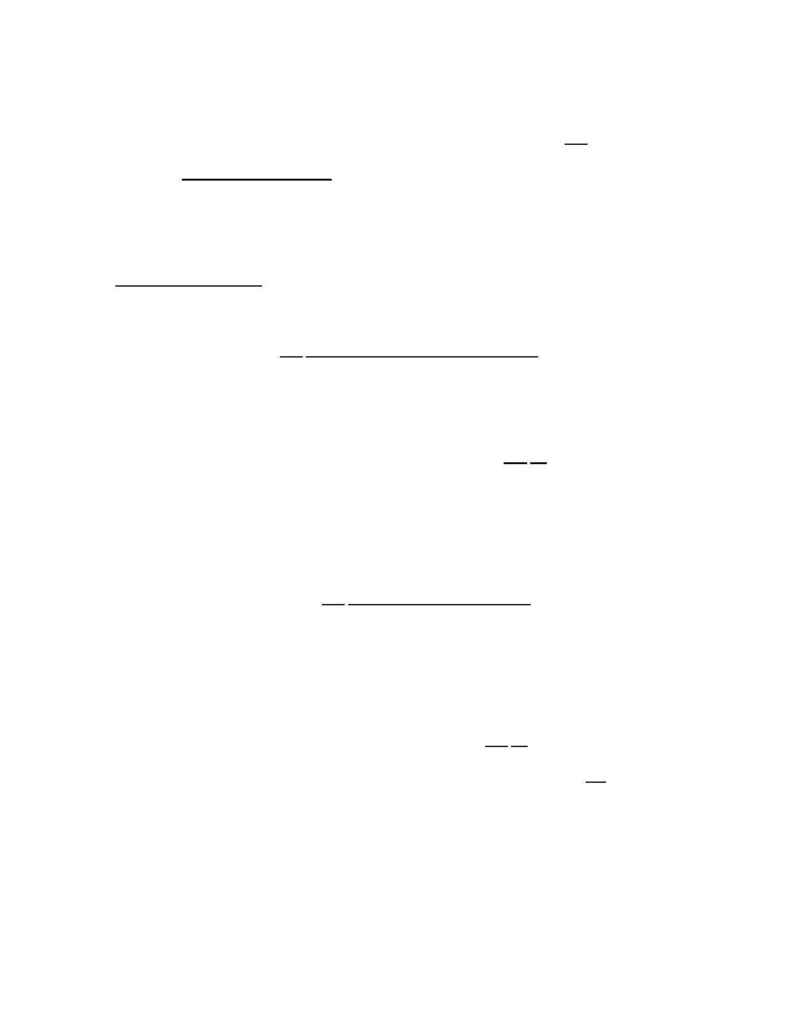
19
In order to be liable to another in negligence, the alleged tortfeasor must
have been both the but-for and proximate cause of the plaintiff's injury. See Lee S.
Kreindler, New York Law of Torts, § 6 (West 1997). It is well established that
intervening acts of an "extraordinary nature" may so distance the defendant's negligence
from the injury sustained by the plaintiff as to preclude a finding of proximate cause,
Kush v. City of Buffalo, 449 N.E.2d 725, 727 (N.Y. 1983). Where such an intervening
act separates the alleged tortfeasor from the injury sustained, the required causal link is
absent as a matter of law. See Derdiarian v. Felix Contracting Corp., 414 N.Ed.2d 666
(N.Y. 1980).
Proximate cause, and the determination of whether an intervening act will
serve to cut off liability, necessitates a fact-intensive analysis. See id. Although the
parties did engage in limited factual discovery relating to the cause of the collapse
following my denial of the Port Authority's initial Motion to Dismiss, I decline at this
stage in the proceedings to hold that the Port Authority "should be excused of all liability
as a matter of policy and law[.]" See In re September 11 Litigation, 280 F. Supp.2d 279,
302 (S.D.N.Y. 2003). While the defendants may continue their efforts to prove that the
conduct of the terrorists, the decision of the firefighters, and other independent causes so
attenuates their negligence that liability may not attach, this is a determination that can
emerge only after a full factual record has been developed. See id. Further, although the
FEMA Report may be offered as proof of the causes of the 7WTC collapse, see Fed. R.
Evid. 803(8), the FEMA Report is not conclusive proof, and the parties may be entitled to
present their independent showings and explanations of the terrible events of September
11, 2001.
